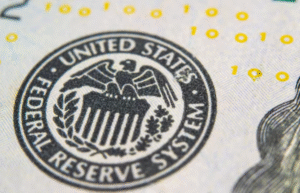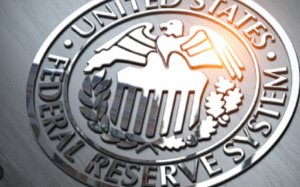As Wall Street closely monitors the beginning of the Federal Reserve’s easing cycle, all eyes are on sector giants such as JPMorgan Chase, who are due to report their third-quarter earnings soon. The predicted performance of these financial institutions could provide significant insights into the broader implications for the banking industry amid changing monetary policy landscapes.
The Federal Reserve, in an attempt to stimulate a slowing economy, recently cut its benchmark rate by half a percentage point, marking the start of an easing cycle. This strategic move by the Fed was seen as a positive development for many banks, potentially bolstering their financial prospects. Nevertheless, it appears that banks, including JPMorgan Chase, are not entirely out of the woods yet.
Although the rate cut is aimed at boosting investment, consumer spending, and ultimately aggregate demand, its direct impact on banks can be a double-edged sword. It can lead to a decrease in the interest income from loans, which forms a significant portion of banks’ revenue. However, on the positive side, it can also stimulate further borrowing by making loans more affordable, balancing the initial impact felt through reduced interest revenues.
Market watchers and investors believe that how JPMorgan’s third-quarter earnings pan out could set the tone for the banking industry’s performance under the newly implemented monetary policy. Details on the bank’s net interest income, loan default rates, and overall profitability amidst the central bank’s easing cycle will be crucial in understanding the shifting economic and financial dynamics.
Even as JPMorgan is set to report its earnings, the consensus among analysts signals a period of caution. The bank’s performance during this strategic and challenging transition phase will not only reflect its resilience but also serve as an indicator of what other banking giants might expect in their future financial outlook.
In conclusion, the Federal Reserve’s easing cycle brought about by a key rate cut continues to ripple through the banking sector, weaving a complex web of potential impacts. While the rate cut introduces uncertainty, the upcoming third-quarter reports from banks like JPMorgan Chase will illuminate to what extent they share the Fed’s confidence about their prospects in a shifting economic landscape.











Comments are closed.